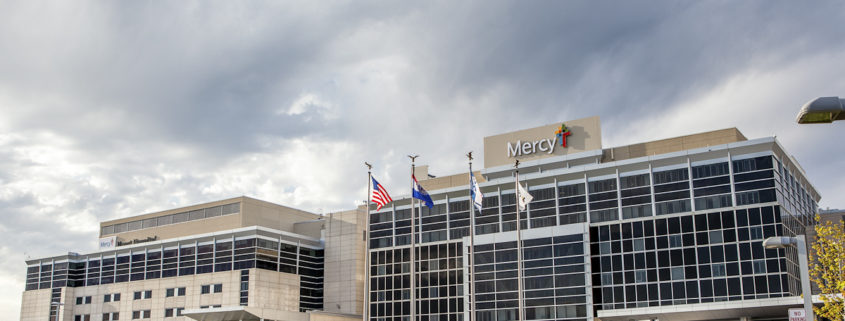Roadmap to Modernization: A Case Study of Mercy’s Energy Stewardship Program
In an era where responsible resource management is paramount, healthcare institutions are increasingly turning to innovative energy-saving programs to align their operations with core values. At the forefront of this movement is Mercy, an organization with a 196-year legacy of transforming communities’ health and wellness.
Mercy’s commitment to stewardship is deeply ingrained in its core values, emphasizing the responsible use of resources for both patient well-being and asset management. Their Energy Stewardship Program reflects this commitment, providing a comprehensive framework for responsible resource allocation and infrastructure renewal. The Energy Stewardship Program, a strategic partnership with Bernhard, showcases a roadmap to modernization that not only prioritizes sustainability but also exemplifies prudent financial management.
The Scale of Ambition: A Comprehensive Infrastructure Renewal
With an extensive healthcare portfolio spanning 47 hospital buildings, 190 clinic buildings, and 185 medical and physician offices, Mercy recognized the urgency of comprehensive infrastructure renewal. Partnering with Bernhard enabled the initiation of site surveys, data collection, and recommendations for improvement measures.
One of the program’s pivotal challenges was prioritizing scope within the budget. This involved selecting measures that not only maximized energy savings but also emphasized the upgrading of Building Automation Systems (BAS), ensuring long-term sustainability, as well as enhanced cybersecurity measures.
The BAS upgrade was a critical component, improving patient comfort, regulatory compliance, and long-term sustainability. Transitioning from pneumatic controls to Direct Digital Controls (DDC), upgrading legacy systems, and implementing improved graphics streamlined operations and problem detection.
The integration of utility metering and Monitoring-Based Commissioning programs allowed for real-time analysis, fault detection, and proactive issue resolution. This not only ensured the efficient functioning of systems but also laid the groundwork for a proactive infrastructure management strategy.
Financial Prudence: Strategic Allocation for Maximum Impact
Mercy crafted a robust financial pro forma for capital investment. The strategic allocation yielded a net operating savings projection of tens of millions of dollars over 20 years, boasting an impressive 11% internal rate of return on energy efficiency investments.
Mercy’s practice of dedicating funds for facility infrastructure projects at the start of each fiscal quarter ensured program sustainability. Separating the funding allocation of infrastructure projects from revenue-generating projects, such as MRI replacements, ensured continuous and reliable progress of the overall program goals. Tangible benefits, including substantial reductions in utility costs and the successful renewal of critical infrastructure, underscored the program’s long-term impact.
Collaboration with Bernhard: A Key Enabler of Success
The collaboration with Bernhard played a crucial role in the program’s success. With more than 100 years of energy and infrastructure project experience, Bernhard brought expertise and innovation to the table, aligning seamlessly with Mercy’s vision.
Mercy’s strategic plan extends beyond infrastructure renewal. By addressing social determinants of health, Mercy aims to enhance the overall well-being of communities, supporting the vision of stewardship in becoming a central component of people’s health in each community they serve.
Mercy’s Energy Stewardship Program, with its innovative methodology, financial prudence, and commitment to sustainability, stands as a model for health care institutions navigating the intersection of responsible resource management and patient well-being.



